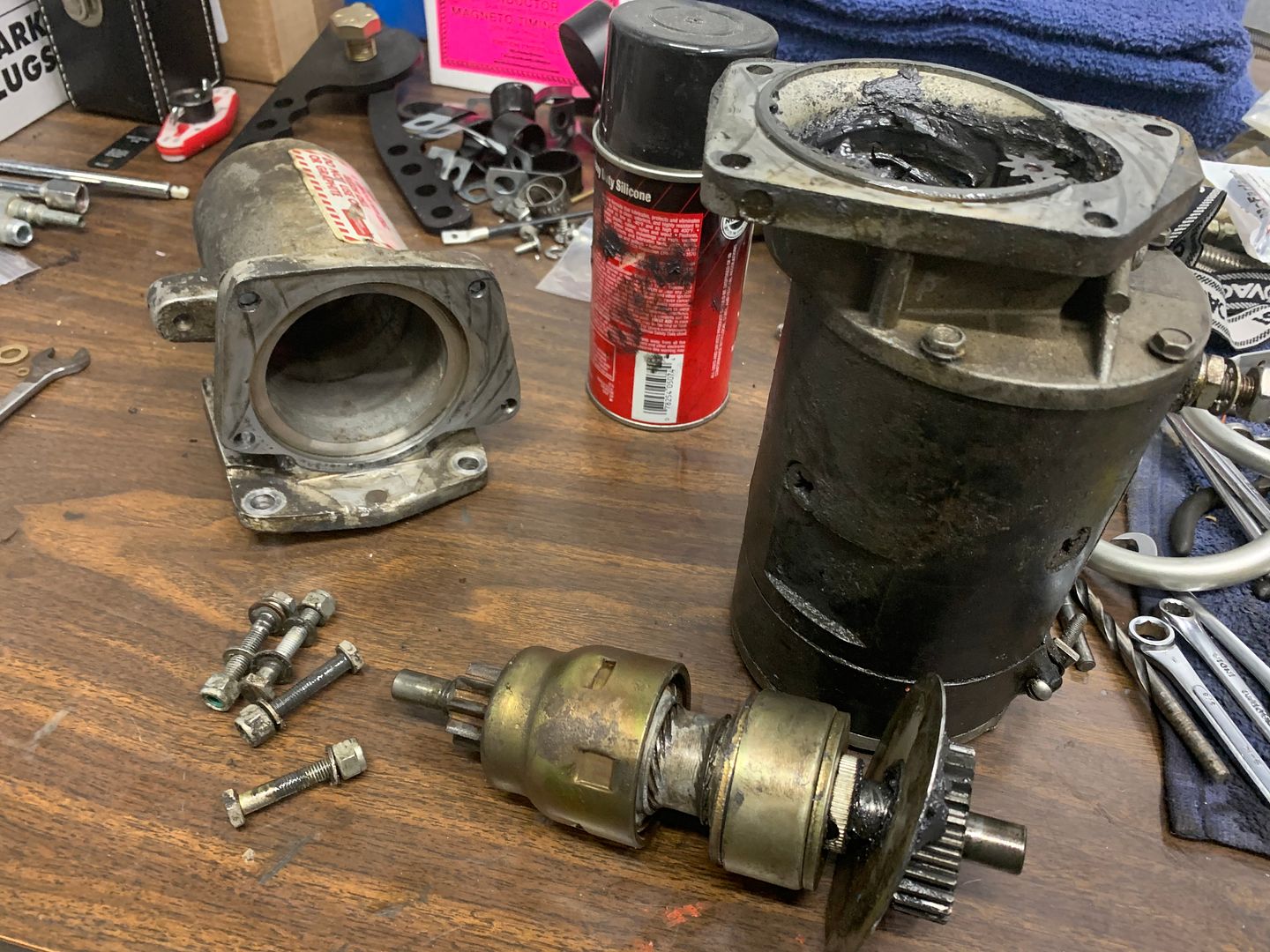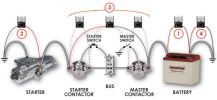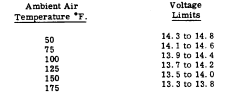Dan Gordon
Pre-Flight
- Joined
- Jan 25, 2022
- Messages
- 79
- Display Name
Display name:
Dgplo
Installed new twist to start ignition switch 3 months ago - Piper Cherokee 140. Yesterday plane started easily, I shutdown, filled fuel. Upon restarting, turn key and all I got was a click, click, click from under the cowling. Let sit 20 mins — same thing. Voltage indicated was 12v. New battery installed 6 months ago.
Any ideas? Hopefully my mechanic gets to it this week as it’s perfect flying weather up here in New England.
Any ideas? Hopefully my mechanic gets to it this week as it’s perfect flying weather up here in New England.




